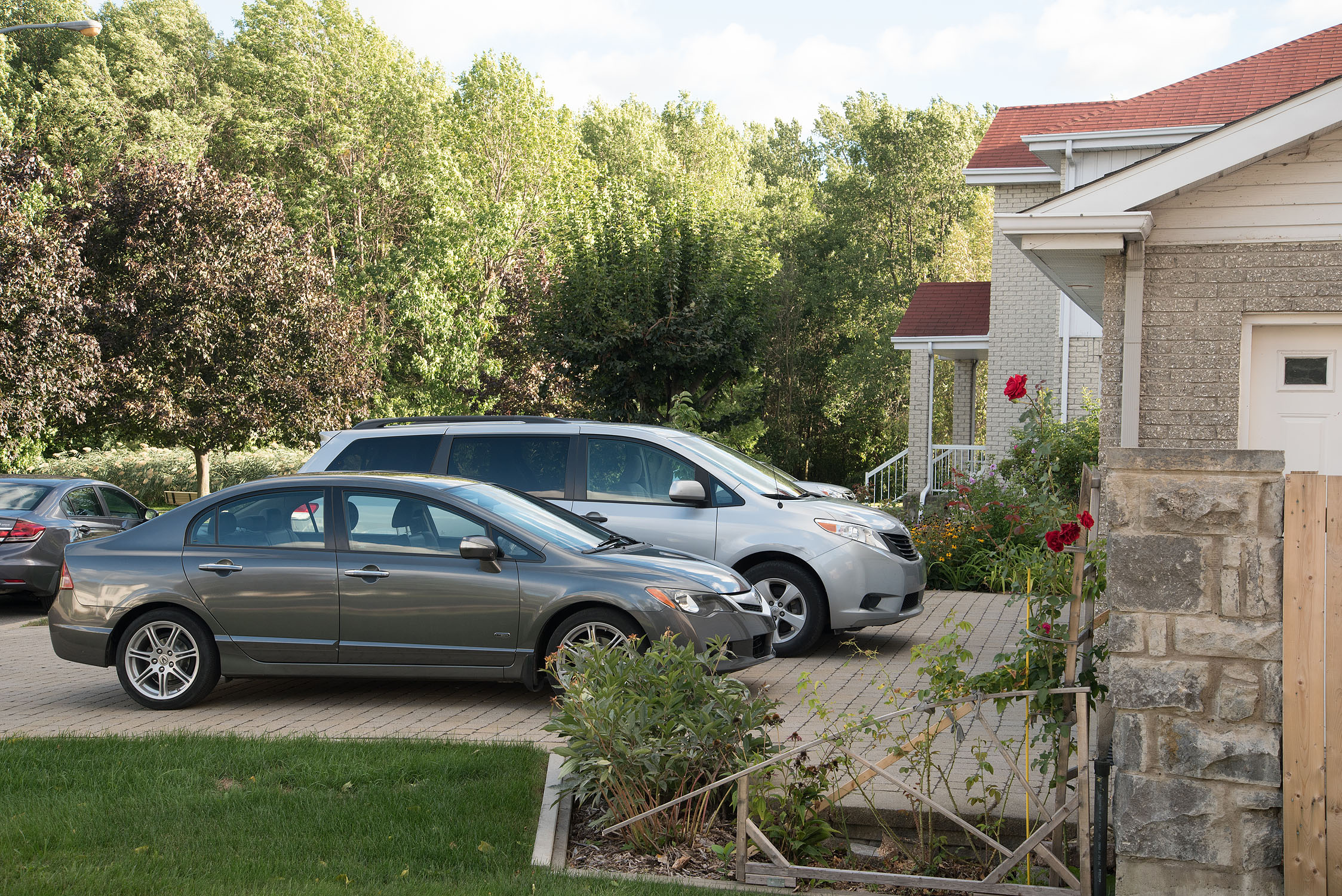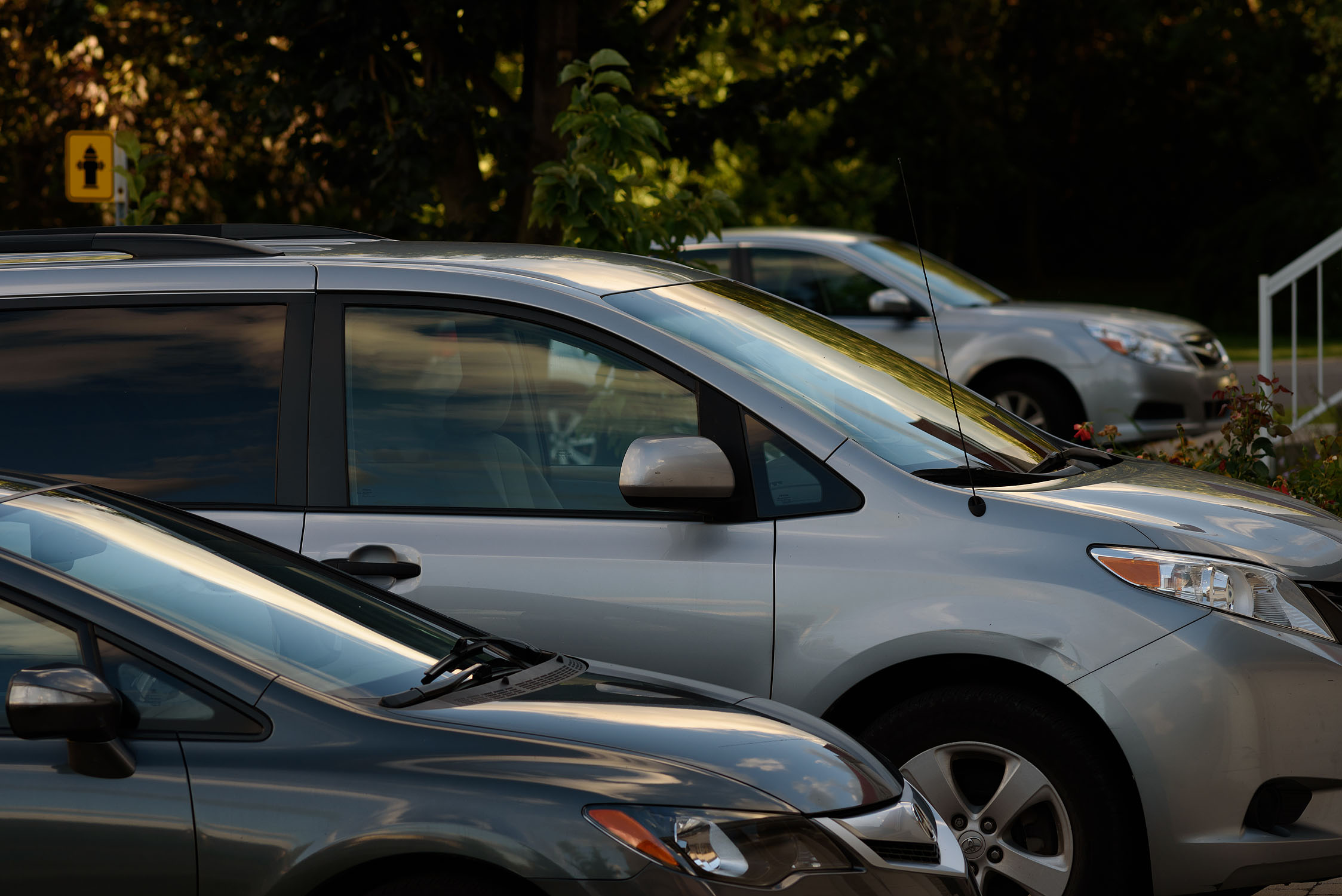2016 Depth vs. Flat Lens Comparisons
New comparisons
Here's a demonstration of a zoom lenses vs low element count primes. This by no means is trying to say that all zoom lenses are bad, but many of the modern lenses do have as many glass elements as zoom lenses today. Therefore, This in an attempt to showcase the lost of clarity, micro-contrast and tonality in high glass element count vs low element count lenses.
Theories applied in this comparison
Lenses used in this comparison
Remember this? :)
I believe the differences between 16 elements and low element count lenses will be more visible than 12. Nonetheless, I will use the telephoto-zoom to compare against the primes.
- Nikkor AF-S 24-85mm f3.5-4.5G VR - 16 elements (1 ED + 3 Asph)
- Nikkor AF 70-210mm f4-5.6D - 12 elements
- Nikkor AF 35mm f2D - 6 elements
- Zeiss Planar 50mm f1.4 ZF.2 - 7 crystal elements
- Nikkor Micro Ai-S 55mm f2.8 - 6 elements
- Nikkor AF 85mm f1.8D - 6 elements
- Nikkor AF 105mm f2DC - 6 elements
- Nikkor AF 180mm f2.8 - 8 elements (1 ED)
- Nikkor Ai-S 200mm f4 - 5 elements
Techniques utilized and RAW files
The raw files can be downloaded HERE.
The technique used for shooting the demo goes as follows.
- Nikon d750 set on a manfrotto 190xProb tripod
- Exposure delay mode of 1 second
- The scene has been selected to offer a variation of easy to witness tones.
- Each image manually focus in live view at maximum magnification.
- Each image shot at same shutter, f8 (for image quality), iso and white balance (set to daylight)
- Raw files are 14-bit compressed.
In Lightroom, the technique used to compare goes as follows.
- Images compared in Lightroom CC on a Spyder calibrated Dell u2412m.
- Eyedropper white balance on the whitest part of the scene to account for lens colour cast.
- Images compared in colour first then converted to black and white.
- Images presented unlabeled for blind-testing then revealed in a following side by side image.
- Written notes pointing out the most evident comparison parts, other parts up to personal verifications.
Test notes
- The 24-85G VR and 70-210 f4-5.6D always exposed darker than the prime lenses. This already shows that glass influences the electric transmission of the light. For example: The 24-85G VR exposed 1.2 EV darker than the Zeiss Planar 50mm 1.4 ZF.2 and had to be brighten up for comparison.
- The zoom lenses always seem to have larger depth of field than the primes at same aperture. No conclusive explanation for this yet.
- The 4 elements 100mm series E and 135mm series E lenses were supposed to be part of the comparisons but was removed due to unprecise focussing.
- Clouds passing by could influence the reflection of the car body parts. The elements compared though are unchanging.
Comparison 1 : 35mm (6 vs 16 elements)
35D left, 24-85VR right
While it is true that the prime is sharper, the 6 elements 35mm lens displays the micro-contrast that helps in drawing all the subtle variations of the car doors to the sharp contrast of the side mirrors.
35D left, 24-85VR right
Converted to black and white, the 6 elements 35D differentiates the foliage much better than the 24-85VR.
Comparison 2: 50mm (7 crystals vs 16 elements)
Zeiss 50mm left, 24-85VR right
There is some muddiness found in the lack of tones of the 24-85VR image. On the Zeiss image, the grey tones surrounding the "i-tech" logo are plenty as well as the deep dark-greys of the mudguard.
Zeiss 50mm left, 24-85VR right.
The tonal detail of the foreground brick wall, the rain drain and shadows is staggering on the Zeiss side.
Comparison 3: 55mm (6 vs 16 elements)
55 ais left, 24-85vr right
The high micro-contrast of the head lamp in the 55mm ais supplants that of the 24-85VR which looks muddy in comparison.
55 ais left, 24-85vr right
The 55 ais provides some quite sharp contrast on the side mirrors and car door. The 24-85VR looks bloomy in comparison.
Comparison 4: 85mm (6 vs 16 elements)
85d left, 24-85VR right
The blue light retardation of the 16 elements 24-85VR prevents the zoom lens to acquire the tonality of the 6 elements 85mm lens in the blue color.
85D left, 24-85VR right
The contrast of the driveway tiles, the mags of the wheels, the foliage and the car door itself points to the superior depth rendition of the 85mm prime over the 24-85VR.
Comparison 5: 105mm (6 vs 12 elements)
105DC left, 70-210D right
The transparency of the 105DC over the reputably low element count zoom 70-210D displays higher tonality in the headlights of the car.
105DC left, 70-210D right
The door handle and the side bumpers clearly showing more tones and micro-contrast on the 105DC image.
Comparison 6: 180mm (8 vs 12 elements)
180D left, 70-210D right
The 180D shows a higher amount of blue on the door of the van.
180D left, 70-210D right
The contrast of the 180D lens is higher on the front hood of the van.
Final comparison: 200mm (5 vs 12 elements)
200ais left, 70-210d right
200ais records deeper shadows on the van than the 70-210D. The tonality of the clouds is also higher.
200ais left, 70210D right
The micro-contrast of the headland is higher on the 200ais image.
Don't see it? Don't care? Not the end of the world. Be Happy
Lens obsession is close to audiophilia. Some of us are happy listening to cheap headphones that play any kinds of sound, others are better served with a pair of good cans plugged into an amplifier for a specific style of music. It's really all about seeking and appreciating the rich details and the subtle qualities in the output of a certain type of equipment that's harder to use yet give a better payoff. Depth rendition is hard to perceive in today's modern easier to use prime lenses, since they contain almost as many glass elements as zoom-lenses. All they get evaluated on is performance (sharpness/bokeh/chromatic aberration) at max aperture without paying attention to depth. To learn more about this, please refer to my previous article on the matter.
This video perfectly parallels me trying to show you the benefits of a lens with great depth rendition...















